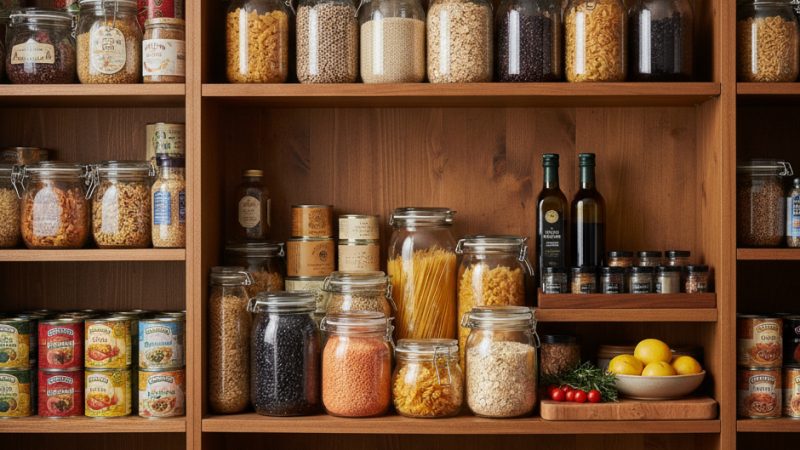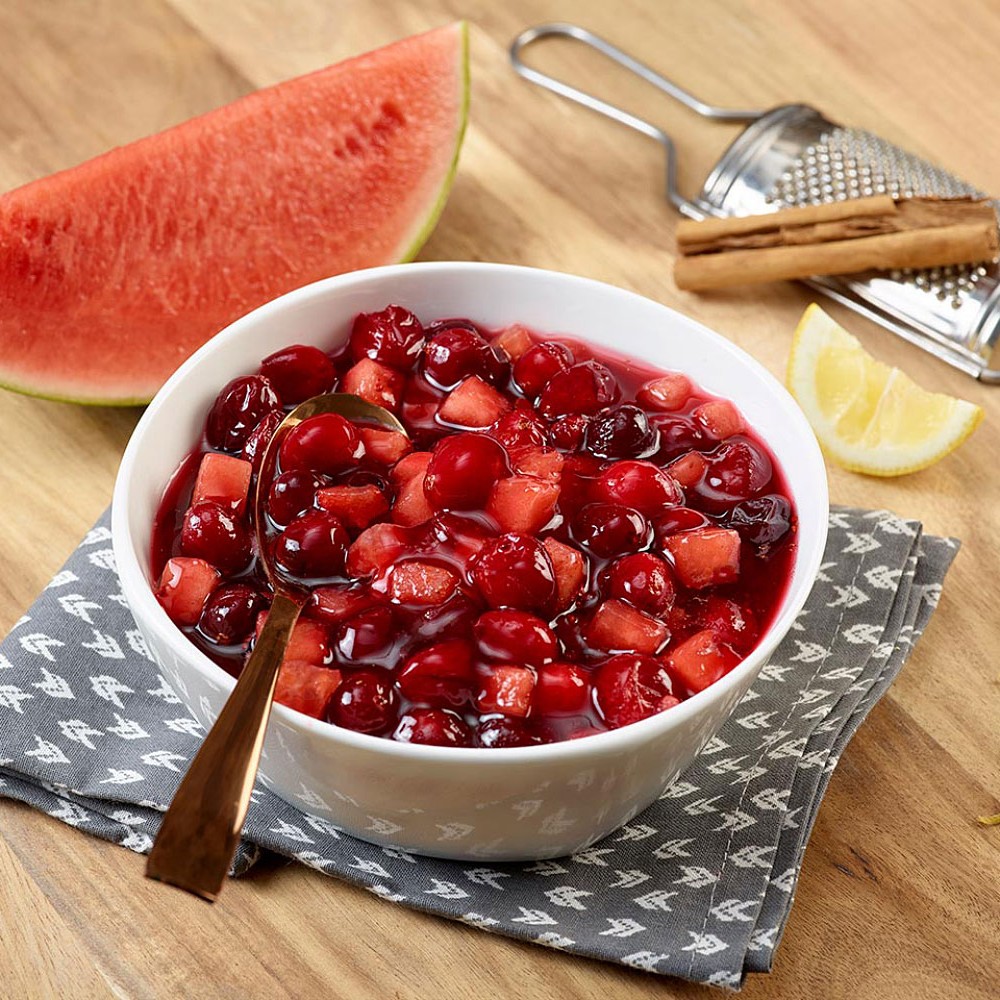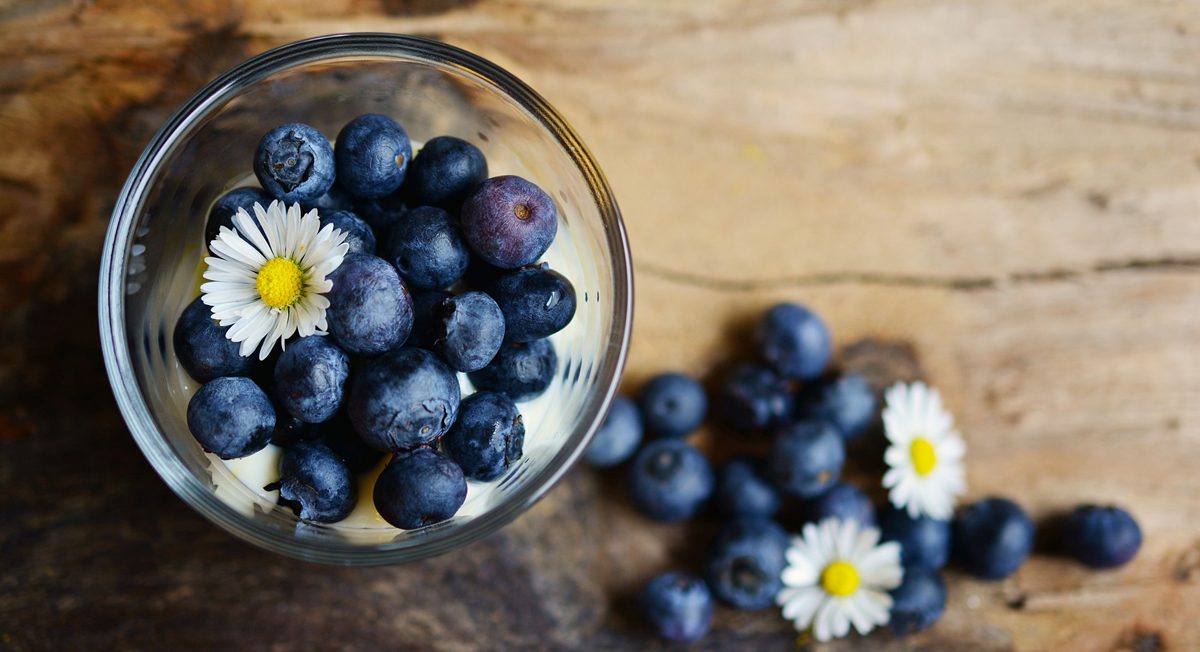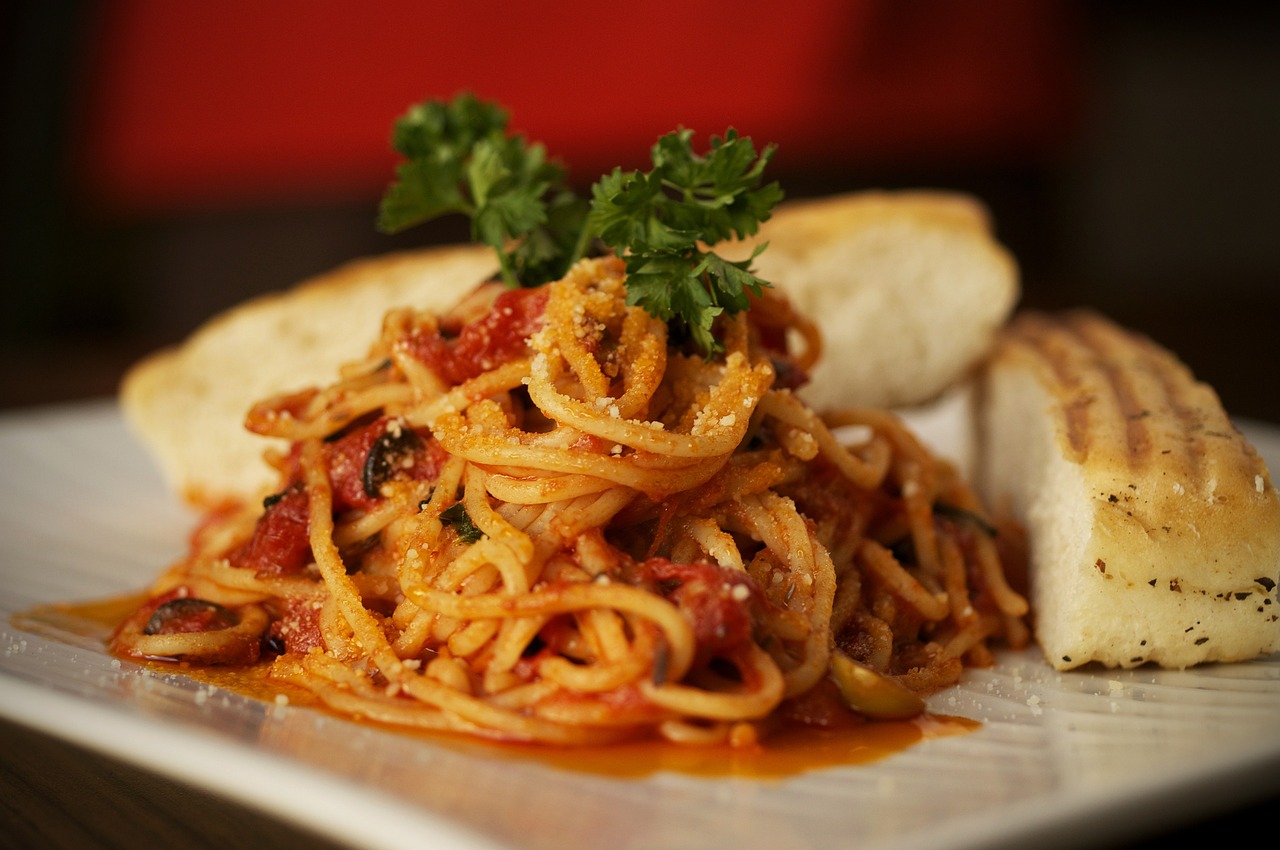Culinary Herbs and Edible Landscapes, Growing and Using Them in Your Kitchen
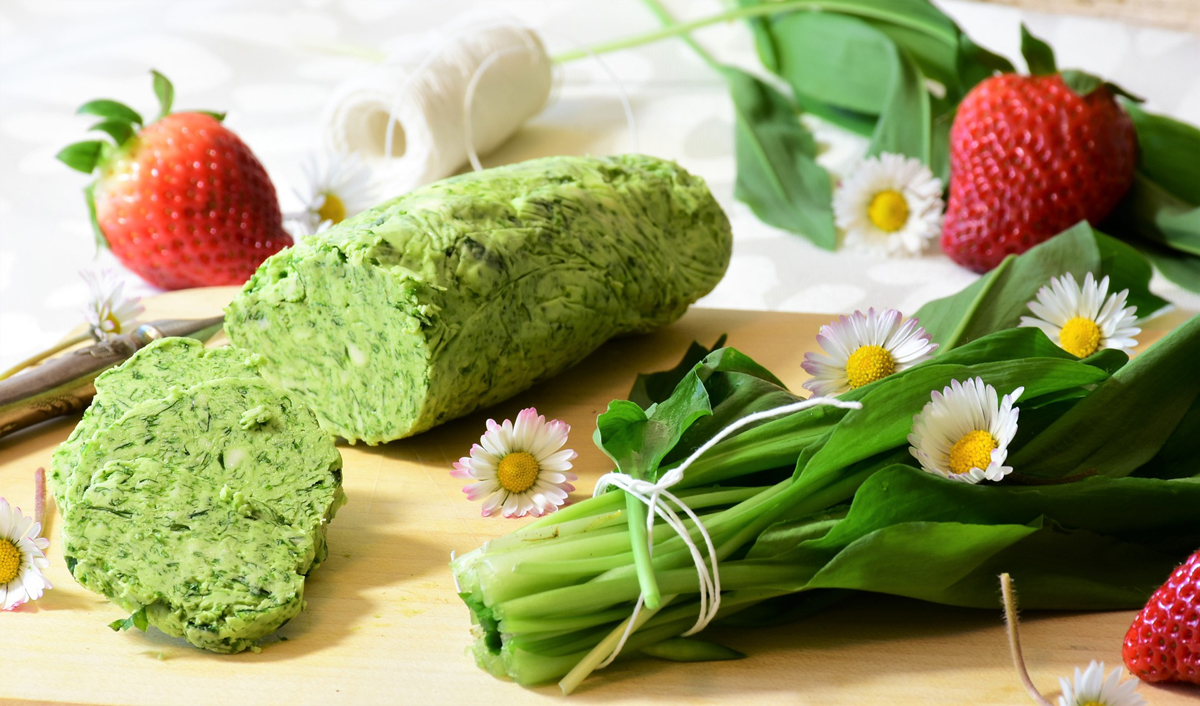
If you are a foodie, professional cook or experienced Chef you know how important your herbs are to creating dishes that stand out from the crowd. I am pretty sure that if you have ever used fresh culinary herbs you know the difference they can make also!
I have a passion for food and I am willing to bet if you are reading this article you have a passion for food too! It is something that has empowered me to learn for over three decades.
When I cook, I am always looking for the freshest ingredients I can find. I love to shop at the local farmers markets where growers of produce, grains, eggs, and meats sell their products. Fresh Culinary Herbs are always on my list. During the harvest it is always my favorite thing to do. I hit all the local farmers markets I can find. It is so much fun to find something new and fresh that I have never seen before. And the best part is that determines what will be on the menu that day. Utilizing your local small family owned markets and farmers markets helps everyone. The food you prepare and consume when we take advantage of these suppliers will make whatever you might be cooking better and healthier for you. It will be full of nutrients and the flavor can’t be matched by those products that are shipped in from all over the world. Remember that fresh produce and herbs are living things. So, the sooner you can get them and consume them, you will find more flavor and nutritional value in those wonder ingredients mother nature has provided us.
Culinary Herbs are one of nature’s greatest gifts.
I have used fresh herbs for over three decades. It wasn’t until about ten years ago I decided to try to save some money and grow my own. I thought it was going to be hard and was a little scared to invest the money to plant a Culinary Herb garden. I did some research about soil conditions, light and watering. I found out what I should have already realized. Culinary Herbs are nothing more than weeds. They grow like weeds too!
When I first planted my culinary herb garden I just started with Basil, Oregano, Thyme, and Sage. After the first year I had so many herbs I was giving them away to friends, neighbors and church friends. They literally took off and started taking over the garden. I was OK with that.
I had to move some of the other things in my garden like, the tomato’s and squash, to another part of the yard. I found out something I really didn’t think about when I started planting these herbs. If you plan it right they make beautiful edible landscape. So, you can accomplish two things by planting your Culinary Herbs.
- You will have the freshest culinary herbs for your kitchen possible. There really is nothing like being able to walk out to your yard and pick some fresh culinary herbs for something you are cooking. The flavor is unmatched!
- You can create a beautiful landscape in your yard, and it’s very inexpensive to maintain. And I saved HUGE on what I was spending for my culinary herbs at the market. Fresh culinary herbs at the market are very expensive as you may know. So, I recommend you look at your yard and the space you have and plant your culinary herb garden as an edible landscape. They are beautiful plants not just for our taste buds but our eyes as well.
The next thing that I had to deal with was I got so used to having fresh herbs, when the winter came, my supply was very limited. Some of the herbs handle the winter pretty well, some don’t. I was crushed in the winter when I wanted some fresh basil and all I had was wilted winter basil. I would always harvest as much as I could and dry it out, but it just wasn’t the same!
I wondered how hard it would be to take some of my herbs and bring them in for the winter? I found out that most of them would do fine as long as they have sunlight. Then I ran out of room in the windows. What was I to do now? I found out there are several companies that sell indoor grow kits. Most of the big box hardware stores carry some kind of indoor growing kits. I brought a couple of those in for winter and my withdrawals for fresh Culinary Herbs were cured. If you have a good thick culinary herb growing just before winter comes take a shovel and dig up a part of the plant. Transplant it into a pot and bring it indoors for the winter. If you give it some good light, you will have fresh culinary herbs all winter long. If you lack a good southern window in your home, you can use a grow light to solve that problem as well.
Now that we have culinary herbs in our edible landscape what should we do with them? Well let’s see? I have a few suggestions for you.
Beverages
- Ginger ale – 1/2 teaspoon fresh grated ginger mixed with 16 oz soda water or sprite
- Ginger-Lemon tea – 16 oz iced tea with 1/4 tspn ginger and 1/2 tspn lemon.
- Mint ale – rub a glass rim with 5-6 mint leaves throw the leaves in the glass add 16 oz soda water or sprite and ice.
- Minted sprite – add 4-5 mint leaves and ice in a blender with 16 oz sprite blend smooth.
Breads
- Rosemary – use your favorite bread recipe add a couple tablespoons of minced Rosemary and a couple tablespoons olive oil to the dough. Great to serve with Roast Pork Loin or Pork Chops.
- Thyme – same as Rosemary – Anything Italian or Greek
- Basil – same as Rosemary – Anything Italian or tomato dishes
- Dill – same as Rosemary – serve with fish or seafood
- Tarragon – shallot – same as Rosemary and 3 tablespoons shallots – this is a great complement to beef. Tenderloin, Steak, or Hamburgers.
- All of the above with grated onion – use 1/4 cup onion and add cup flour to your recipe – sprinkle the top of the bread with some of the diced onion before baking.
- All of the above with fresh garlic – use 3 tablespoons garlic (I like to roast my garlic before adding to the bread but you don’t have to) especially good with the Rosemary, Thyme & Basil.
Jellies
- Mint – (really easy to make, get some gelatin follow the box instructions and when you heat the liquid add cup chopped mint into the liquid & 1/2 cup honey. Strain and refrigerate) the obvious favorite with lamb
- Rosemary & cranberry – (this one is really easy, buy or make cranberry sauce and cook with 1/4 cup fresh rosemary, put the rosemary in a sachet so you can remove it from the sauce, refrigerate before service) good with turkey, pork or lamb
- Lemon – Dill (Zest 3 lemon, squeeze the juice into a sauce pan add the zest add 1/2 dill and cup sugar in the raw. (Can use good honey in place of sugar in the raw) add gelatin with 2 cups water and boil. Refrigerate before serving) Serve with salmon or your favorite fish.
Butters & Compound Butters
( for all these use unsalted butter 1 lb, at room temperature mix herbs and other ingredients into the butter, roll up in wax paper and refrigerate, cut slices of the butter and place on top just before service of the entree or soup).
- Barnaise Butter – 1/3 cup chopped tarragon, 1/4 cup shallots, 4 white peppercorns crushed, pinch Cheyenne pepper. Serve with beef!
- Dill Butter – 1/4 cup chopped dill, cup lemon juice, 4 cracked black peppercorns. Mix all ingredients by hand roll and refrigerate. Fish & Seafood!
- Pesto Butter – 1 cup basil leaves packed, 1/4 cup pine nuts (you can use walnuts in a bind) 1/4 cup fresh Parmesan or Romano cheese, 2 Tablespoons minced garlic, add all ingredients except butter in a food processor and blend until it becomes a coarse paste, mix with the butter by hand, roll and refrigerate. Great with any fresh pasta or baked or broiled chicken.
Dressings
- Italian – 1 cup olive oil, 1/4 cup white wine vinegar, 2 tablespoons fresh basil leaves chopped, 2 tablespoons fresh thyme leaves chopped, 2 tablespoons fresh oregano leaves chopped, 1 tablespoons fresh Italian parsley leaves chopped, 2 large cloves garlic minced, 1 teaspoon celery salt, teaspoon fresh black pepper. Add all ingredients to blender and mix well.
- Creamy Italian – use the same recipe as Italian dressing except add 1 1/2 cups fresh mayonnaise and no oil or vinegar.
- Ranch – use the same recipe as the creamy Italian except use half the herbs.
Well folks that is some to get you started. I hope you have fun with your culinary herb and edible landscape gardens. Don’t forget to get the whole family involved. In the garden and in the kitchens, families that work together stay together.
Bon Appetite until next time.
Chef Monty
The Author:
Executive Chef Monty Austin is sharing his thirty years of Culinary Arts knowledge with those that want to improve their cooking skills.


